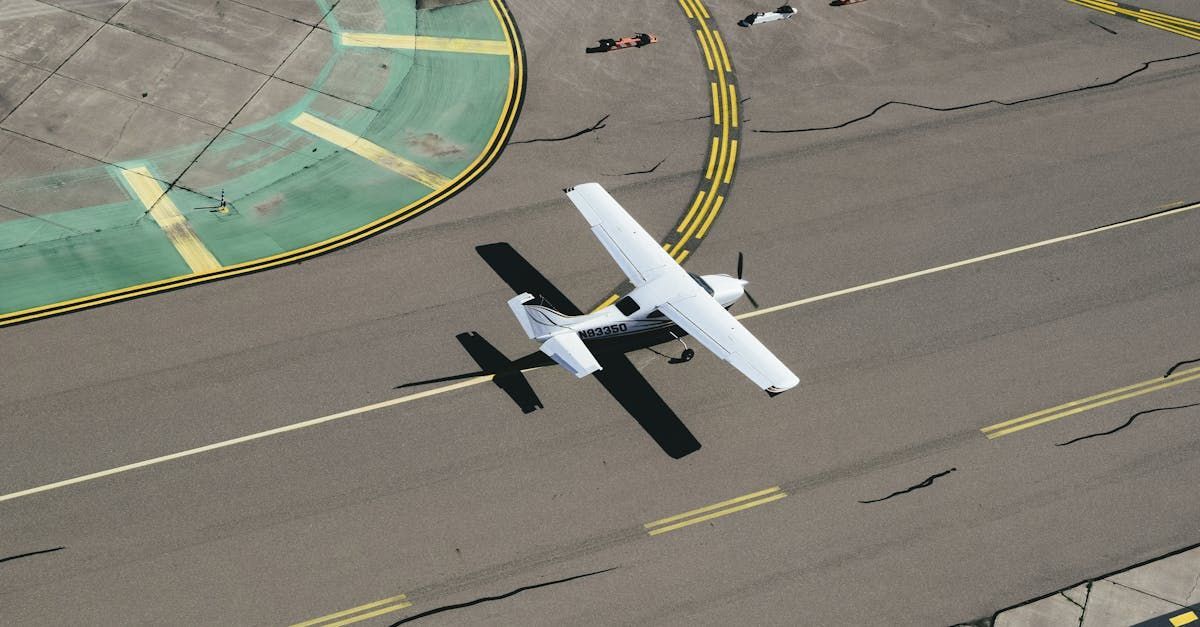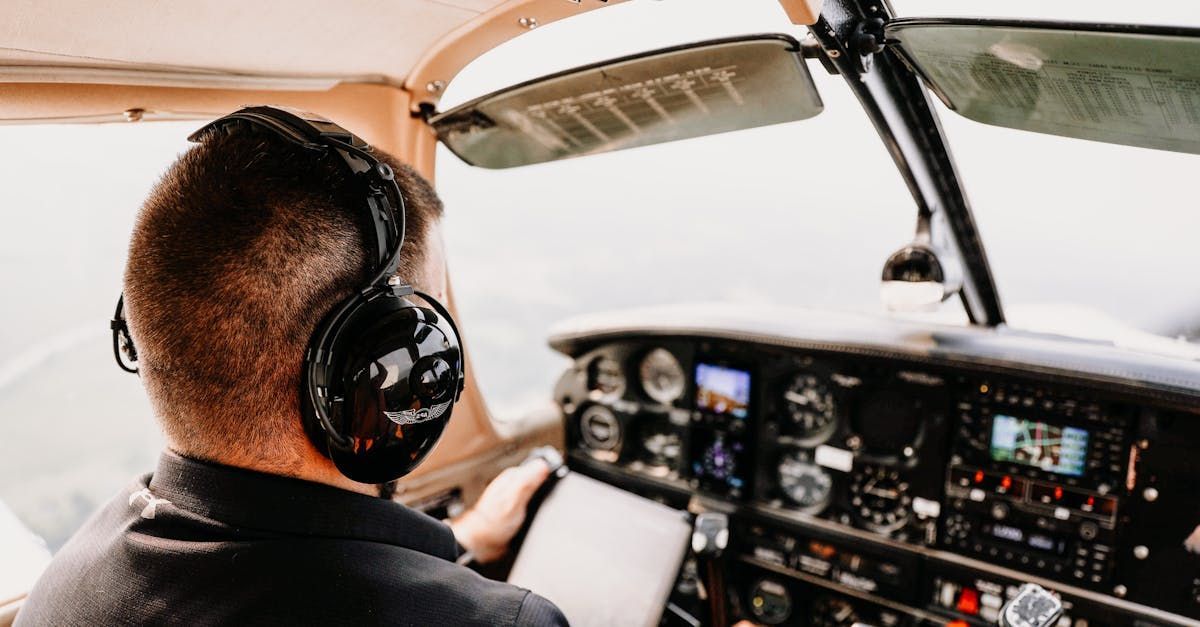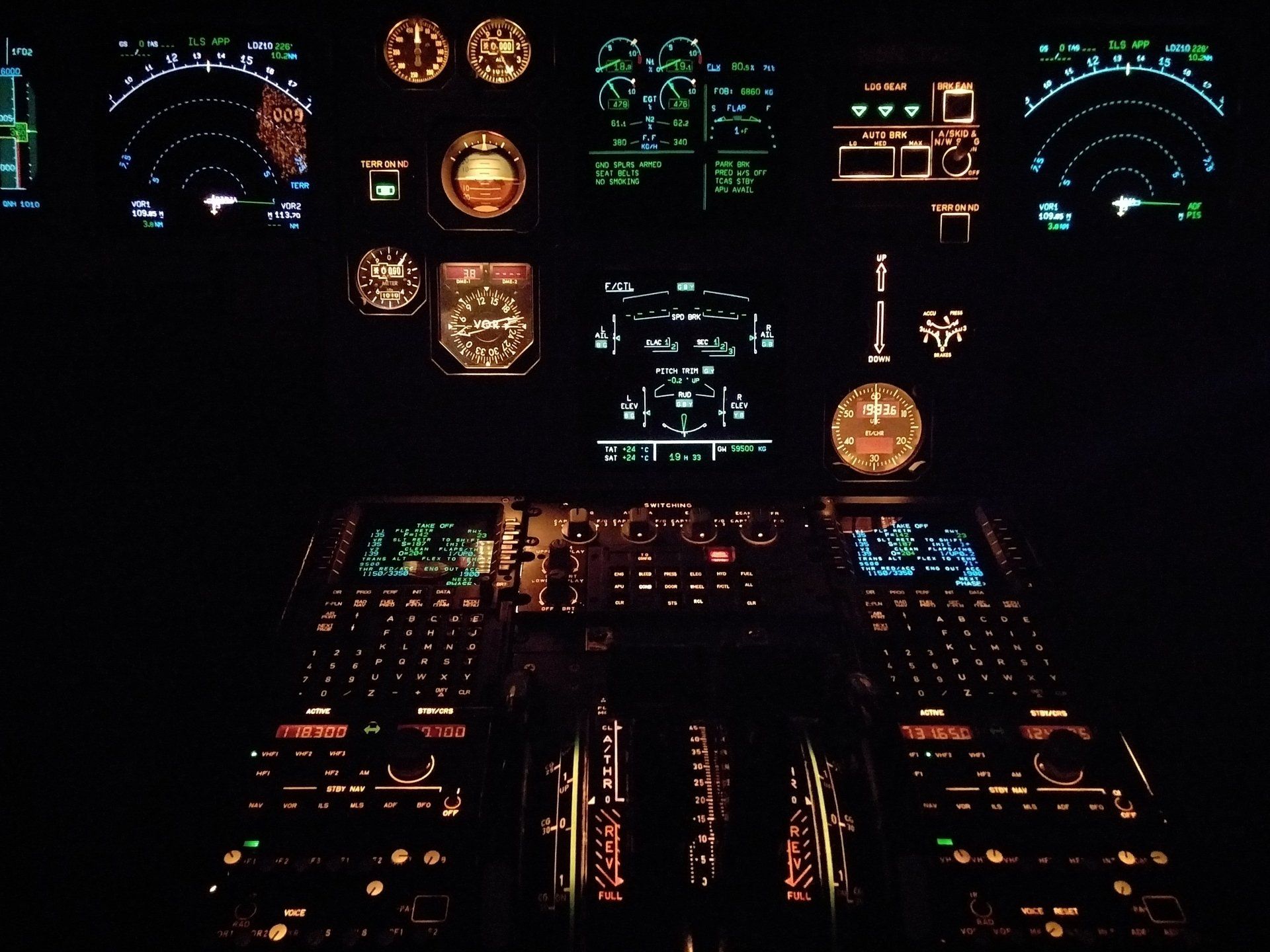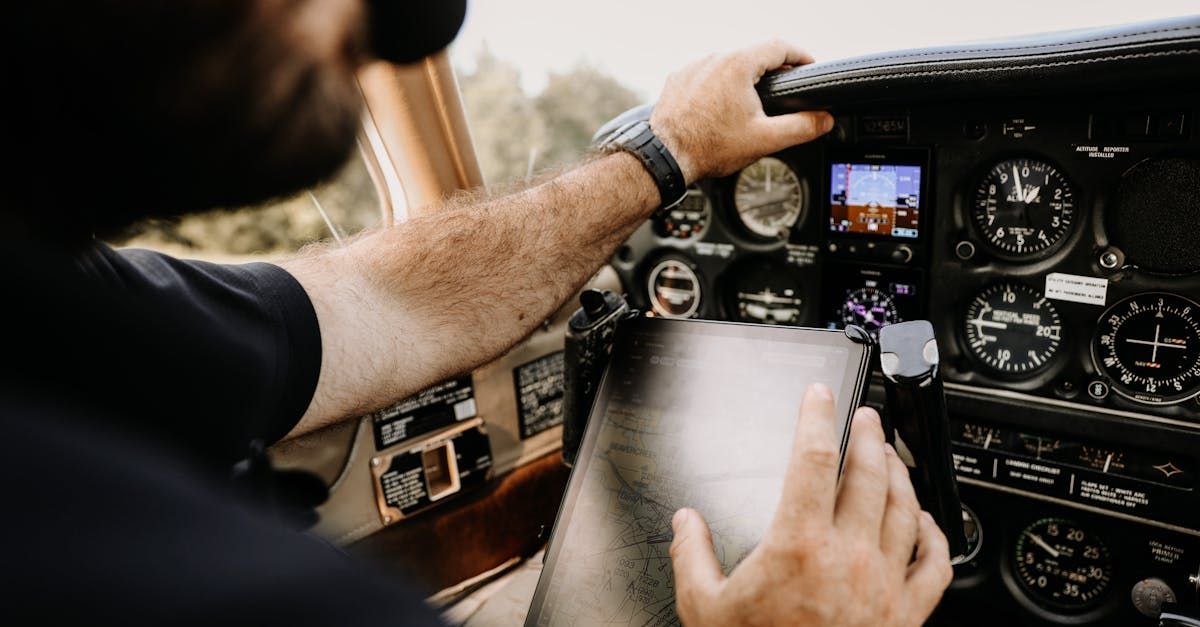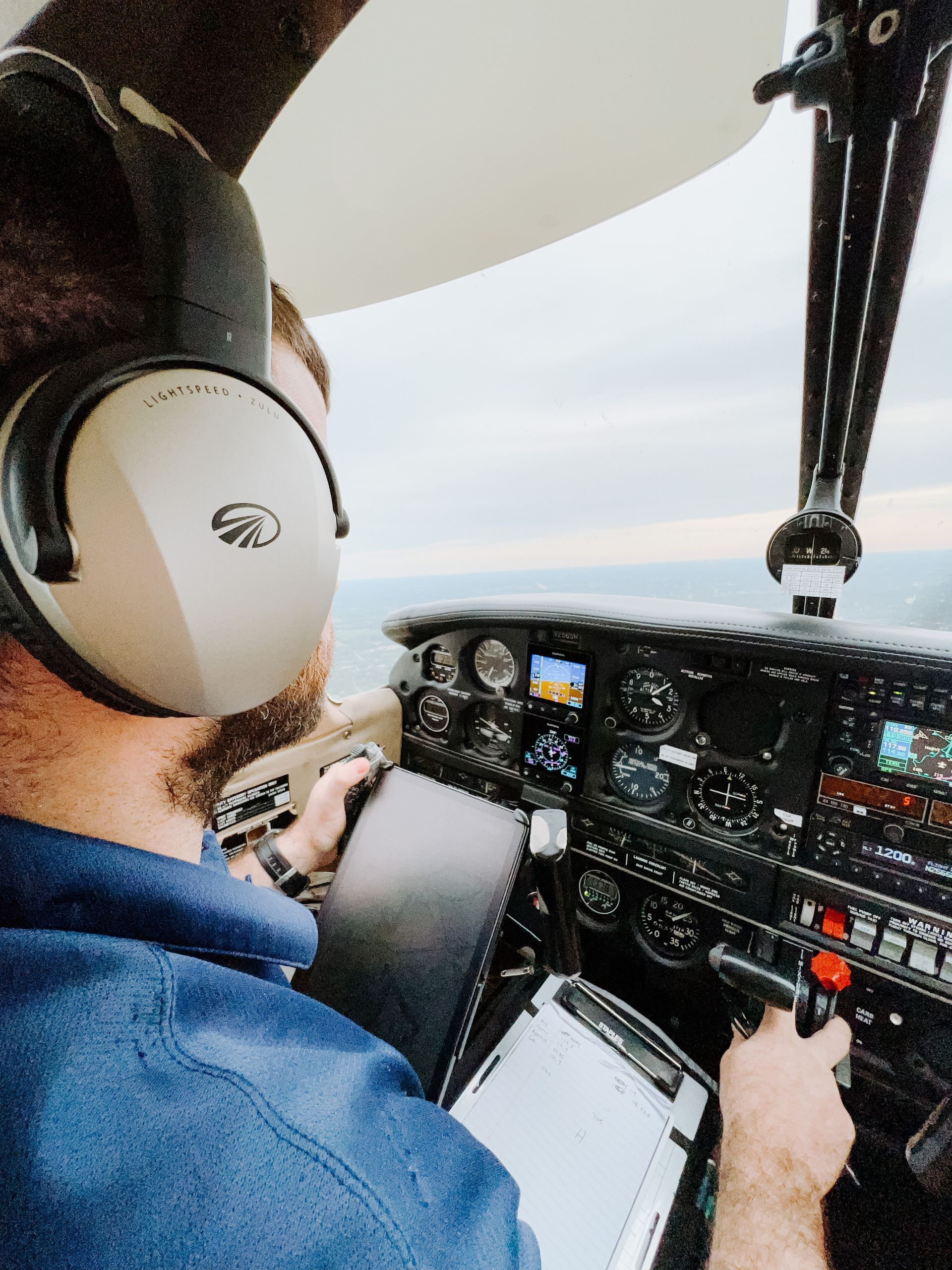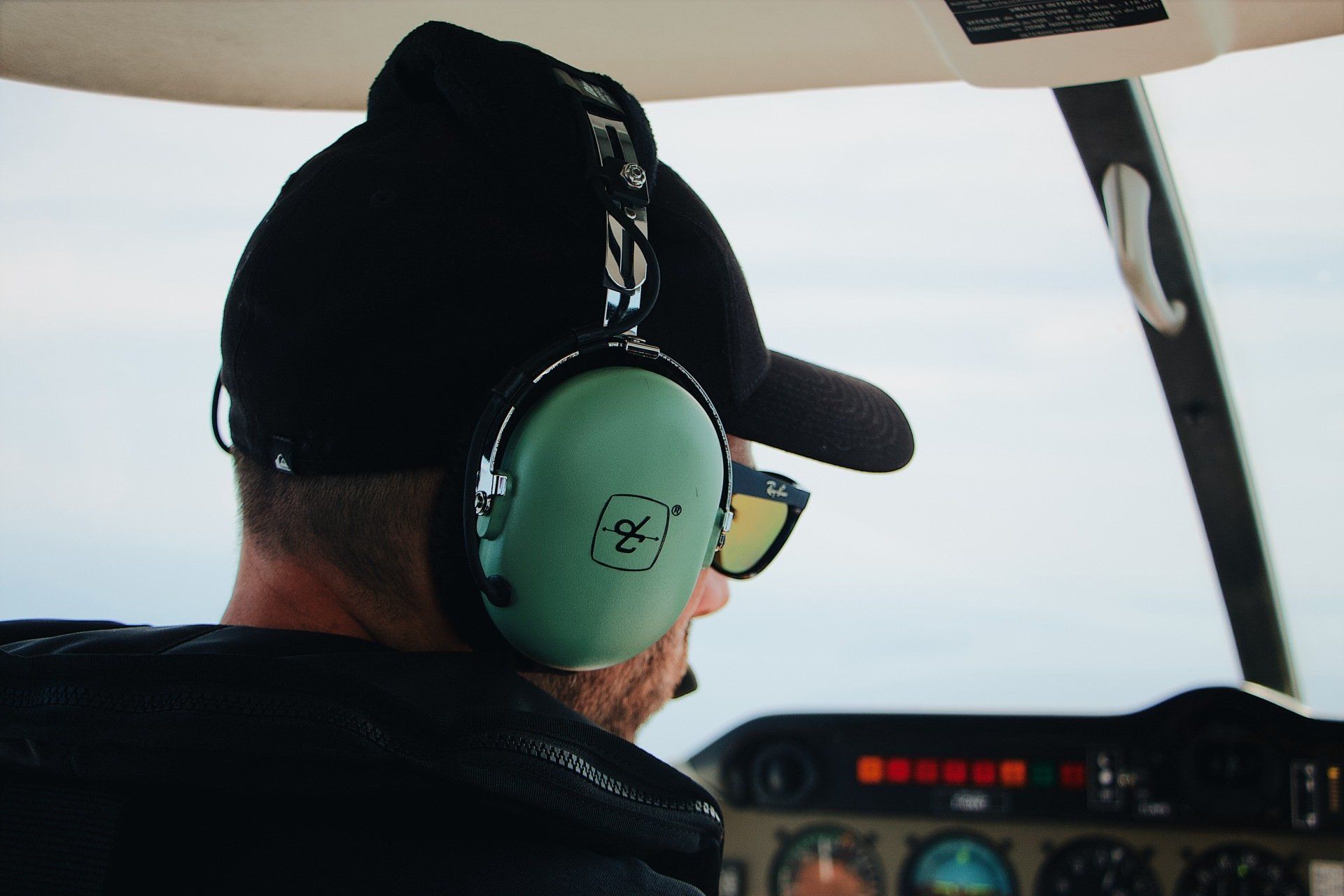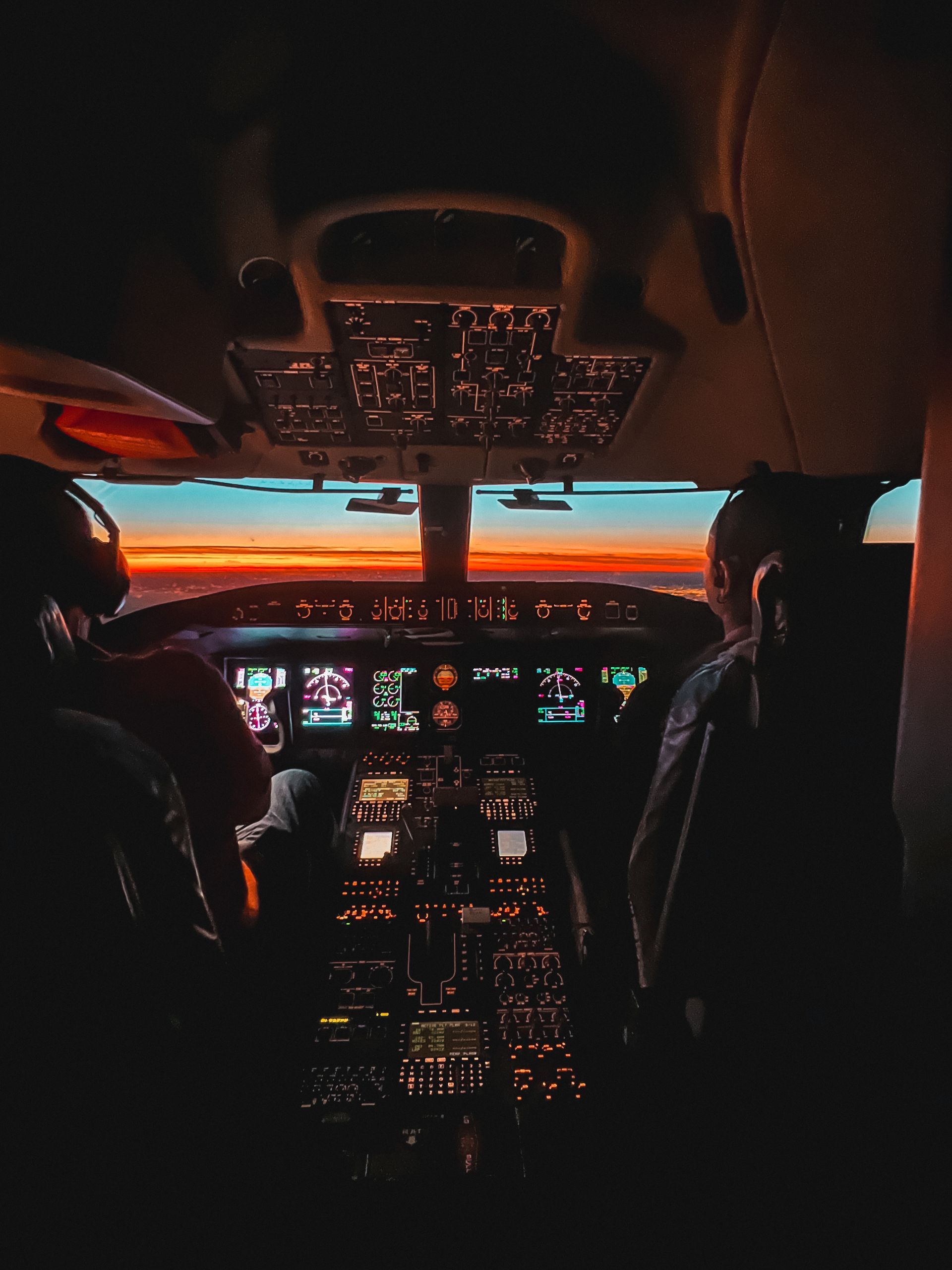Daily Life During Flight Training School
A pilot's perspective on the typical experiences during flight training
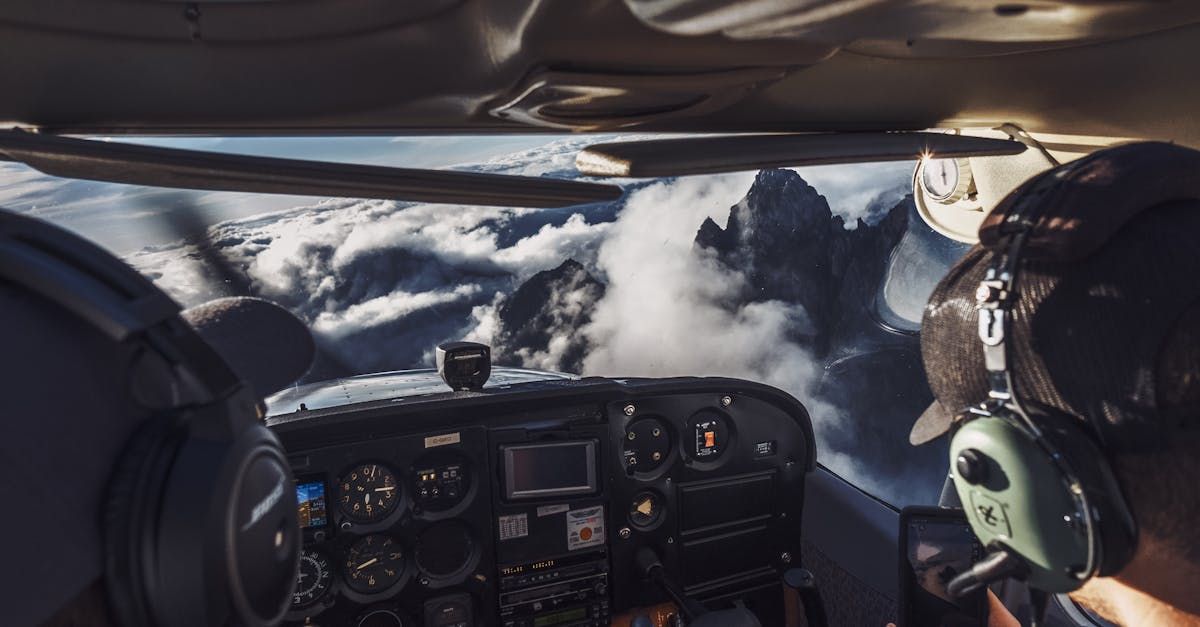
Embarking on a journey to become a pilot is an adventure that combines rigorous discipline with the thrill of flying. Those considering a path into the cockpit often wonder what day-to-day life looks like for a flight trainee. Gaining a pilot's perspective on the typical routines and experiences during flight training can transform abstract aspirations into concrete expectations. Here's a glimpse into daily life at flight training school.
Early Starts and Pre-Flight Briefings
Flight training days often begin early, with students required to perform pre-flight checks during the cooler, calmer air of morning hours. Pre-flight briefings are a staple, where instructors discuss the objectives for each flight, weather considerations, and safety protocols.
Ground School
A significant portion of a trainee's day is spent in ground school. This is where students dive into the theoretical aspects of aviation, including aerodynamics, navigation, aviation law, meteorology, and communication. Lessons are a mix of lectures, interactive discussions, and often, computer-based training modules. It's a time for rigorous study and understanding the science behind the art of flying.
Hands-On Flying Lessons
Naturally, the most exhilarating part of the day is when students take to the skies. Each flight lesson is a chance to apply ground school knowledge to real-world flying conditions. From basic maneuvers and takeoffs to advanced navigation and emergency procedures, flight training is an incremental process, with each lesson building upon the last.
Debriefing and Self-Reflection
Post-flight debriefings are as crucial as the flights themselves. Instructors and students review what went well, what could be improved, and plan for future lessons. Self-reflection is encouraged, reinforcing lessons learned and acknowledging areas that need more attention.
Maintenance and Flight Logging
Learning about aircraft maintenance is essential and often integrated into the training schedule. Understanding how planes work is crucial for pilots, who must be the first to recognize if something is amiss. Additionally, students are responsible for logging their flight hours meticulously—an essential habit for all future flying endeavors.
Study and Simulations
Outside of class and flight time, students are expected to hit the books. Studying for written exams is a significant part of a pilot trainee’s life. Many schools also have flight simulators, allowing students to practice and perfect their skills in a risk-free environment, honing their abilities and building their confidence.
Physical Fitness and Health
Flight students quickly realize the importance of physical fitness and health. Flying demands mental alertness and physical well-being. Many students adopt routines that include regular exercise and proper nutrition to ensure they are in peak condition for flying.
Networking and Peer Interaction
Building relationships is a hidden curriculum in flight training. Students form study groups, share experiences, and learn from each other's successes and mistakes. Interaction with more seasoned trainees and instructors can also provide valuable insights into the aviation industry.
Downtime and Rest
With the demanding schedule of flight training, rest is not just leisure—it's a necessity. Successful students understand the value of downtime, using it to recharge for the next flight or study session. Balancing intense training with relaxation and personal time is key to avoiding burnout.
Continual Assessment and Progress Tracking
Students undergo regular assessments to monitor their progress. This includes formal flight tests and exams that must be passed to progress to the next level of training. It's a cycle of continuous learning and assessment.
The daily life of a flight training school student is a blend of discipline, hard work, and exhilarating breakthroughs. From dawn until dusk, trainees immerse themselves in a world where every day is an opportunity to edge closer to earning their wings. Aspiring pilots should enter training with the expectation that each day will bring new challenges, require unwavering dedication, and, ultimately, unfold the joys of mastering the skies.


